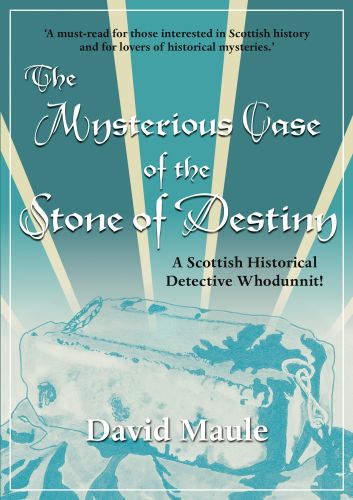
This book is a forensic examination of a case involving the Stone of Scone, in which the reader is invited to take the role of a member of a jury or a judge presiding over the case. The book opens with the fascinating allegation “That in the summer of 1296, person or persons unknown appropriated the enthronement stone resting at Scone and that the one taken by Edward I of England was a substitute.”
The investigation examines sources from a variety of subjects, including primary and secondary historical sources, art history, materials science and experts in historic architecture and masonry. At 92 pages, concise and well-structured, it is a very much needed tonic against the prevalence of conspiracy theory-driven social media posts focusing on scant evidence to reach fanciful conclusions.
Despite its strong emphasis on the use of primary and secondary sources and wide-ranging sources of evidence, as it moves from the broad brush context and description of the stone’s origins to narrowing down the list of potential suspects that might have been involved in the potential heist, it necessarily appeals to considerations of human nature as the basis by which the reader, taking the role of a juror presiding over a case, must conclude on the different narratives and explanations put forward. While a well-balanced and well-argued case, my view is that more work by materials scientists is necessary to push the discussion forward. I expect it will be the people in white coats who shed new light on the Stone’s origins and movements, rather than those wearing deerstalker hats.
Was the Stone of Destiny taken in 1296 and replaced with a substitute? As the author does, I will let the reader draw their own conclusions.
